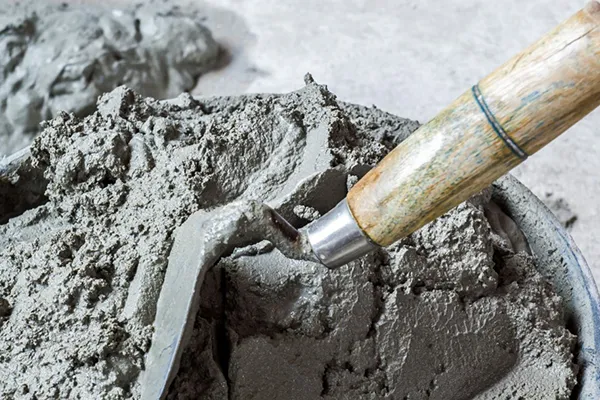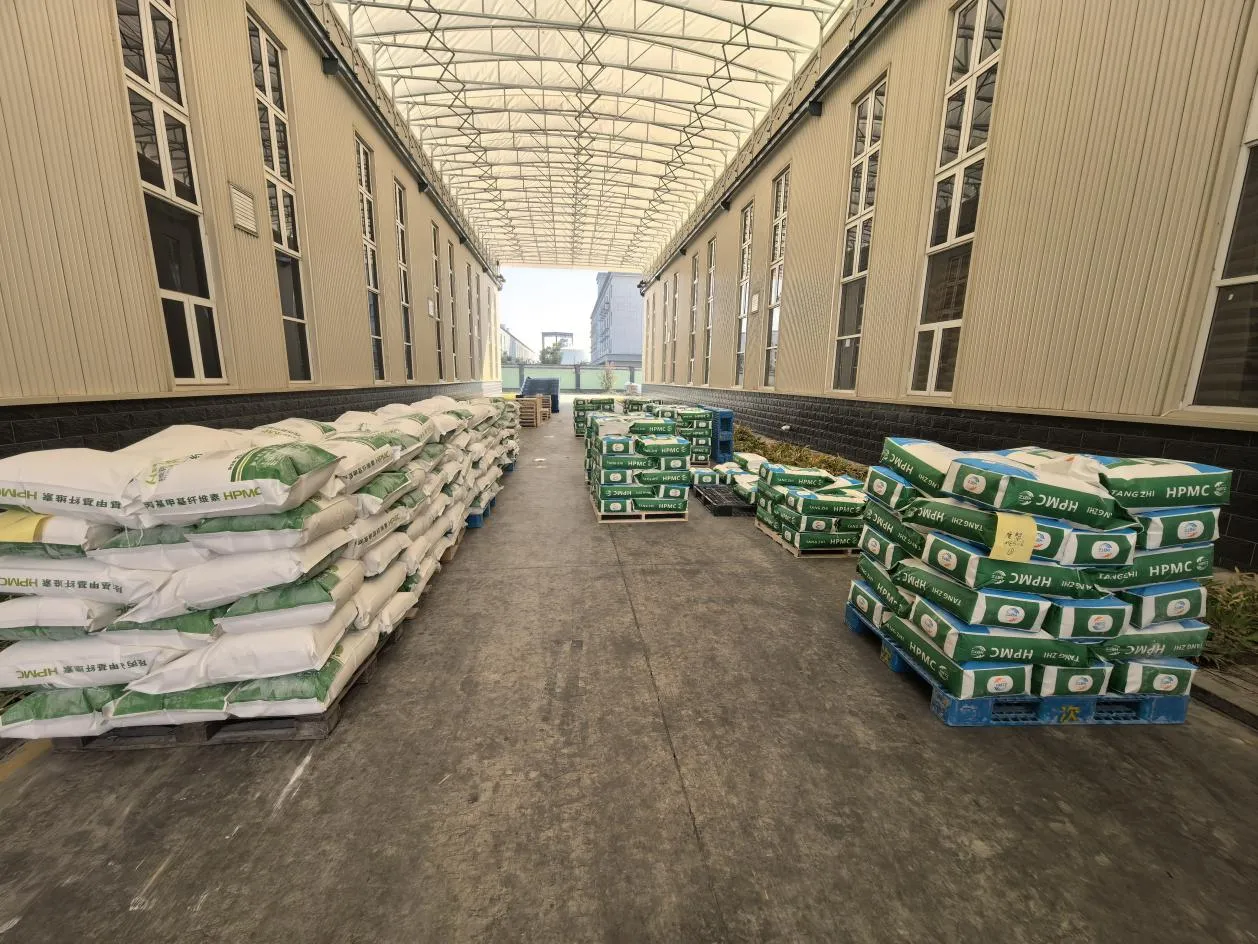
HPMC in Modern Construction: Properties, Grades, and Market Insights
Hydroxypropyl Methylcellulose (HPMC) is an indispensable ingredient in many construction and industrial products. It plays a key role in enhancing the performance of tile adhesives, wall putty, cement-based renders, and more. Whether you're evaluating HPMC en venta or selecting the right grade for a specific application, understanding its properties is essential for achieving the best results in performance and cost-efficiency.

Understanding the Chemistry and Performance of HPMC
Sustancia química HPMC is a non-ionic cellulose ether made from natural polymer cellulose. Through chemical modification, it becomes water-soluble and exhibits thickening, film-forming, emulsifying, and stabilizing properties. This makes it particularly useful in the construction industry, where performance, consistency, and durability are critical.
A key factor to consider when evaluating HPMC is HPMC density. Although the true density of HPMC is typically around 1.3 g/cm³, in practice, the bulk density of HPMC powder is much lower—usually in the range of 0.3 to 0.5 g/cm³ depending on particle size and moisture content. This property influences packaging, dosing, and mixing behavior in dry-mix mortars and other formulations.
Another crucial consideration is the HPMC grades viscosity. HPMC is available in a wide range of viscosity grades, typically measured in mPa.s at 2% solution. Low-viscosity grades are ideal for self-leveling compounds and paints, while medium to high-viscosity grades are preferred for tile adhesives and renders where water retention and bonding strength are essential. The proper selection of HPMC grades viscosity ensures the product behaves as intended under specific temperature and humidity conditions.
One common reference grade is HPMC E6, known for its good balance of workability, open time, and water retention. E6-grade HPMC is widely used in cement-based tile adhesives and plaster due to its excellent performance in dry environments and compatibility with other additives.

Product Types and Market Trends
In recent years, interest in HPMC en venta has increased significantly, driven by growing construction activity and demand for high-performance building materials. With applications ranging from construction mortars to pharmaceuticals and cosmetics, manufacturers have responded by offering specialized grades tailored to different needs.
For users looking for versatile and efficient solutions, HPMC Methocel is a well-known branded variant produced by Dow Chemical. HPMC Methocel products are engineered for high performance in both construction and food-grade applications, and they are favored for their consistency, purity, and global availability.
As demand rises, buyers are increasingly sensitive to HPMC powder price. The cost can vary significantly based on viscosity, purity, and region. In general, high-viscosity and pharmaceutical-grade HPMC commands a higher price due to more stringent processing and quality control. For construction purposes, standard industrial grades are more commonly used, balancing performance with affordability.

Common price influencers include:
Viscosity grade (higher viscosity typically costs more)
Purity and moisture content
Brand and origin (China, India, Europe)
Packaging and logistics
As more suppliers enter the market, especially from Asia, there’s greater competition and a broader selection of HPMC en venta, allowing buyers to source products that fit both their technical needs and budget.

Understanding HPMC Grades and Viscosity
Q1: What does “HPMC grades viscosity” mean?
A: "HPMC grades viscosity" refers to the classification of Hydroxypropyl Methylcellulose (HPMC) products based on their viscosity level, which is measured in mPa·s (millipascal seconds). These viscosity grades determine how thick or fluid the HPMC solution will be when mixed with water.
Q2: Why is viscosity important in HPMC?
A: Viscosity affects the water retention, workability, and consistency of building materials. Higher viscosity HPMC provides stronger thickening and better adhesion in products like tile adhesives and plasters, while lower viscosity grades are ideal for self-leveling compounds and paints.
Q3: What are the common HPMC viscosity grades?
A: Common HPMC viscosity grades include 400, 4,000, 15,000, 60,000, and 100,000 mPa·s, measured in a 2% aqueous solution at 20°C. Manufacturers often label these as HPMC 400, HPMC 15000, etc., or use brand-specific codes like E5, E6, or K100M.
Q4: How do I choose the right HPMC grade for my application?
A: The choice depends on the final product:
Low viscosity (e.g., 400–5,000 mPa·s): Ideal for paints and self-leveling mortars.
Medium viscosity (6,000–40,000 mPa·s): Suitable for tile adhesives and wall putty.
High viscosity (50,000+ mPa·s): Best for high-performance mortars and thick plasters.
Q5: Can I mix different viscosity grades of HPMC?
A: Yes, in some formulations, blending different HPMC viscosity grades allows better control over the final product’s workability and setting time. However, compatibility testing is recommended before large-scale use.
Q6: Are HPMC viscosity grades standardized across manufacturers?
A: While most manufacturers use similar viscosity testing methods, there may be slight differences in naming or performance due to formulation variations. Always refer to the technical data sheet (TDS) provided by the supplier.
Seleccionar lo correcto Sustancia química HPMC involves more than just looking at the label. Properties such as HPMC density, HPMC grades viscosity, and even specific grades like HPMC E6 play a significant role in how the product performs in a given formulation. For buyers evaluating HPMC powder price, balancing cost with technical performance is key.
Branded products like HPMC Methocel offer premium quality for demanding applications, while many industrial suppliers provide reliable HPMC en venta at competitive prices. With a clear understanding of its properties and uses, contractors, formulators, and buyers can make informed decisions and unlock the full potential of HPMC in modern construction.
-
Hydroxypropyl Starch as a Sustainable Construction AdditiveNewsNov.24,2025
-
The Gelation Properties of CMCNewsNov.21,2025
-
Redispersible Latex Powder and Water Retention CapacityNewsNov.21,2025
-
Dosage Control for Polycarboxylate Water ReducerNewsNov.21,2025
-
Film-Forming Properties of Polyvinyl AlcoholNewsNov.21,2025
-
The Function of Gypsum Additives in MortarNewsNov.21,2025





















